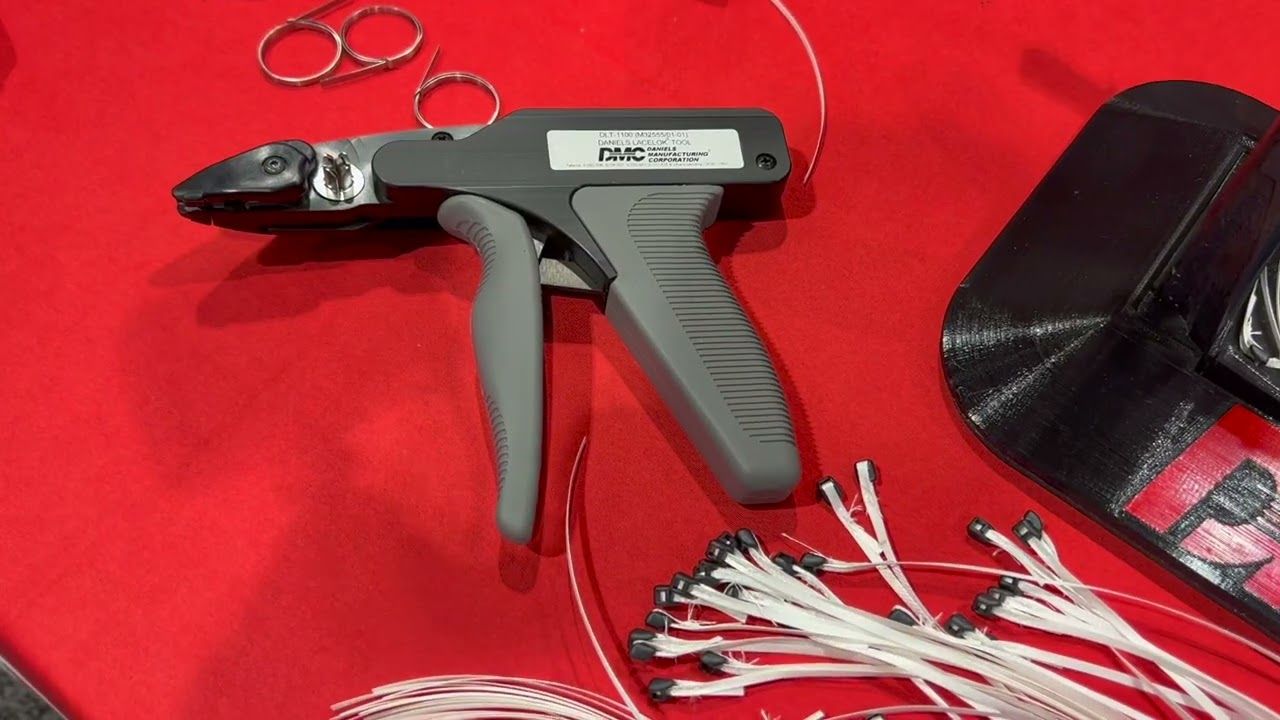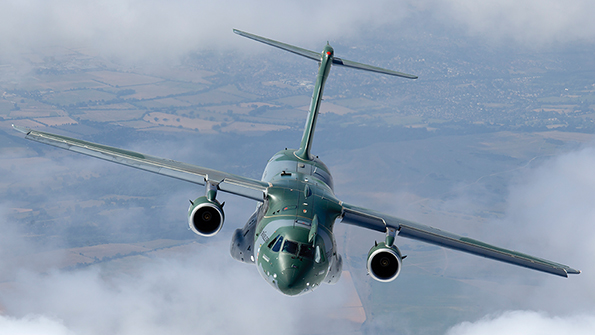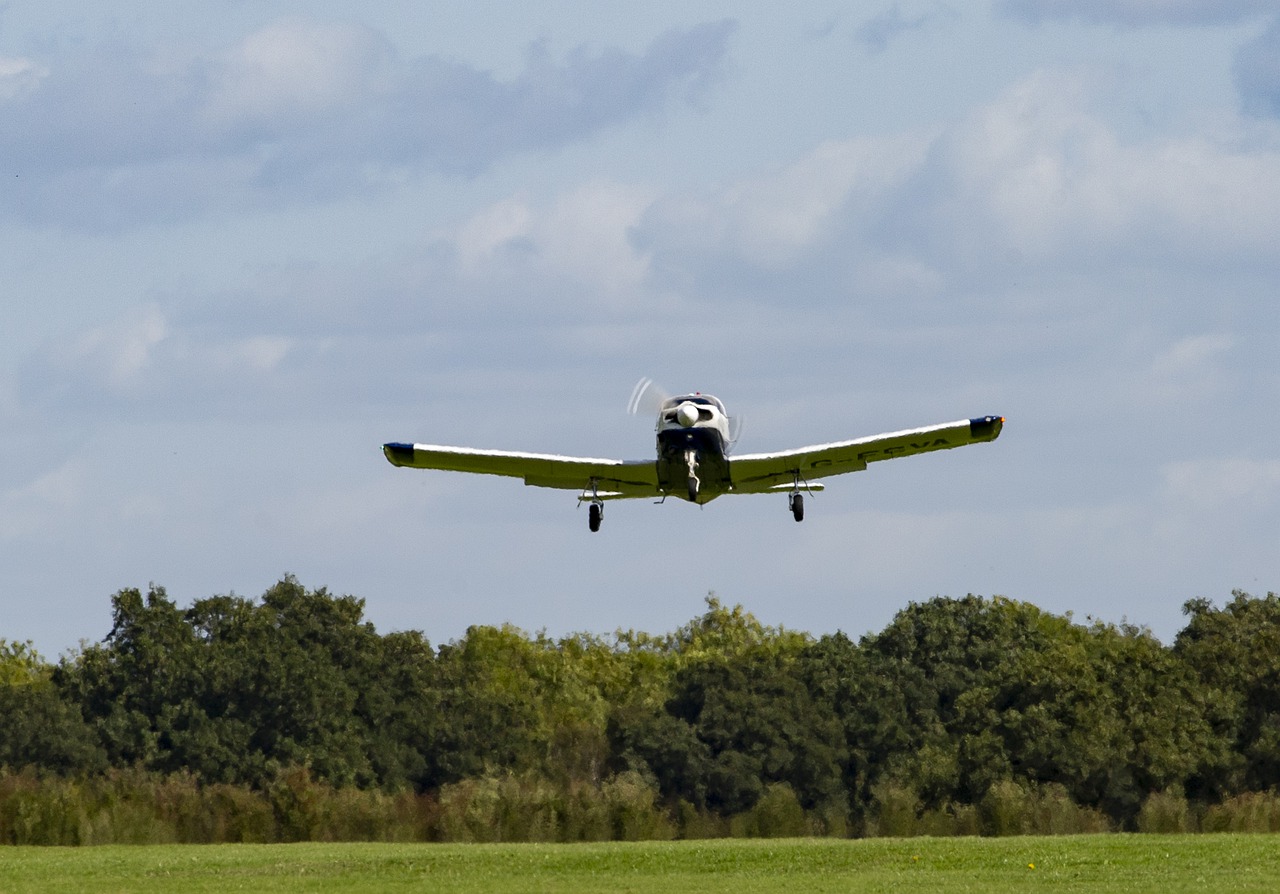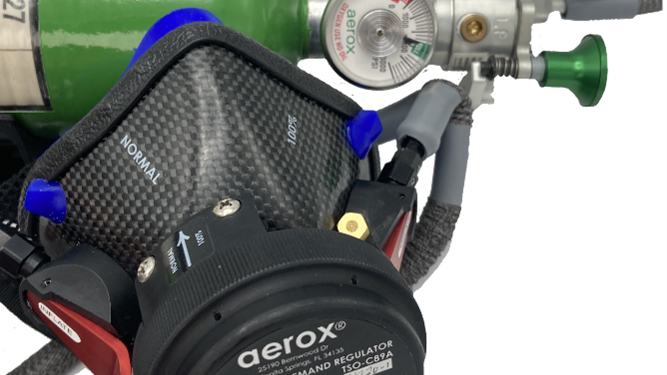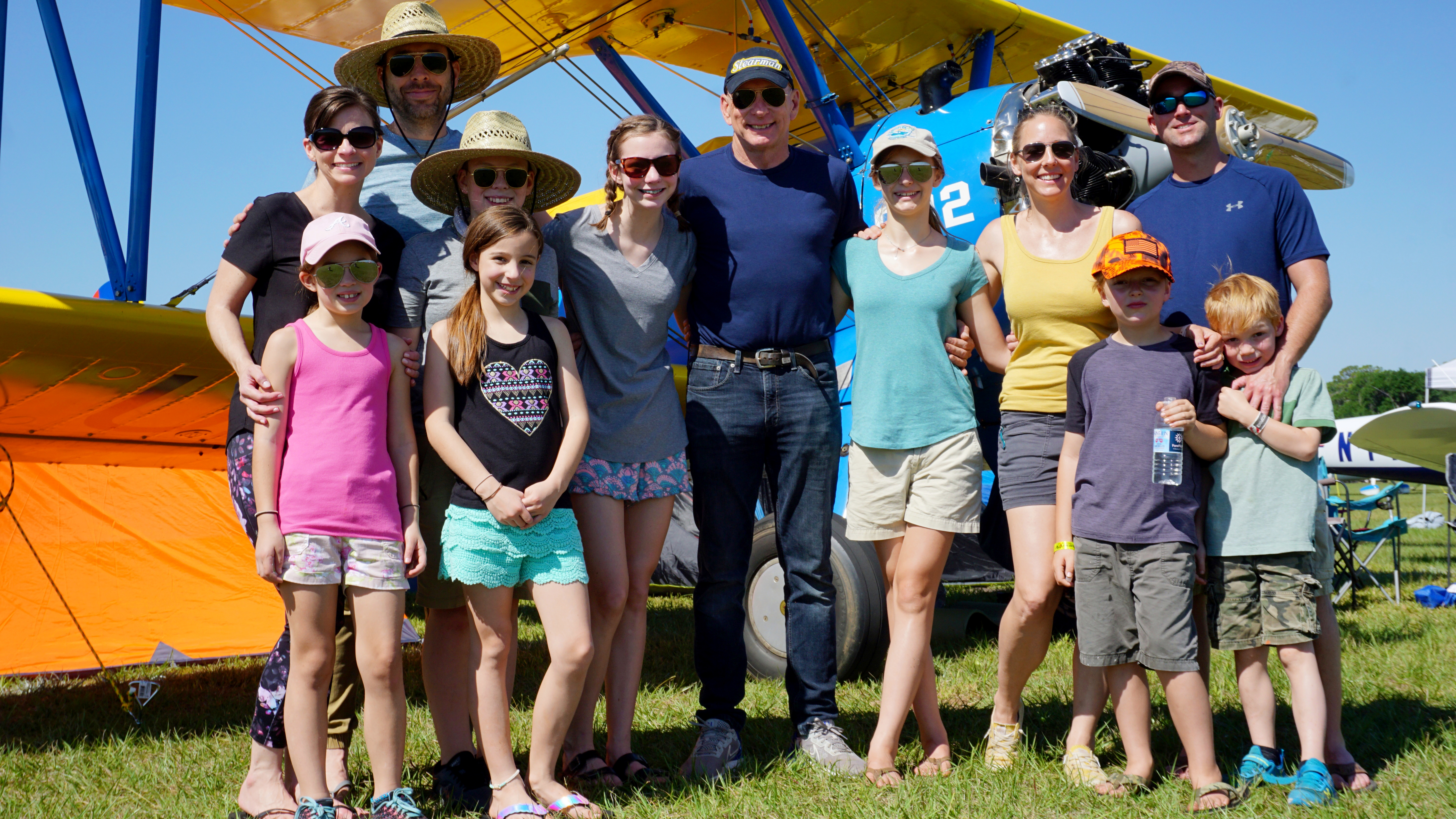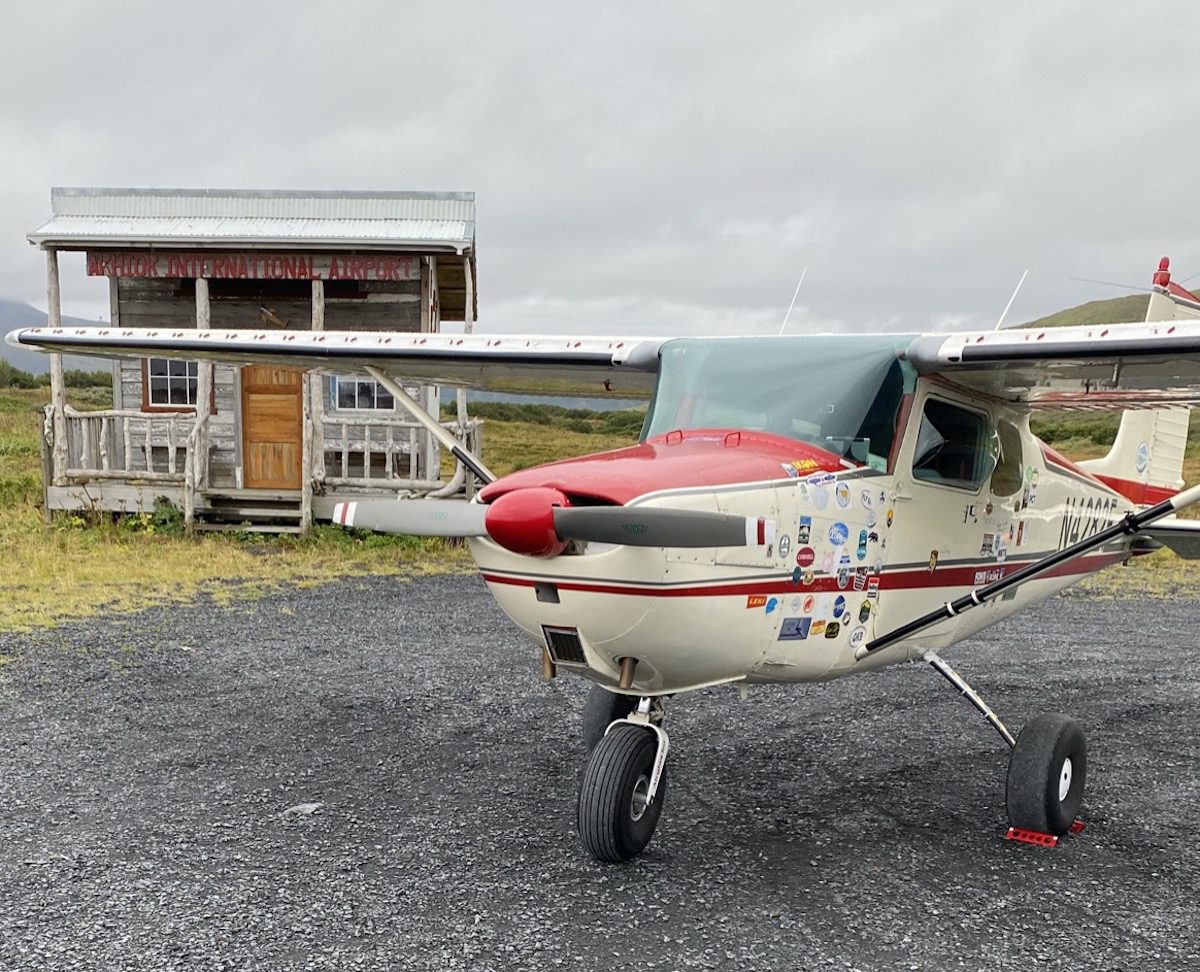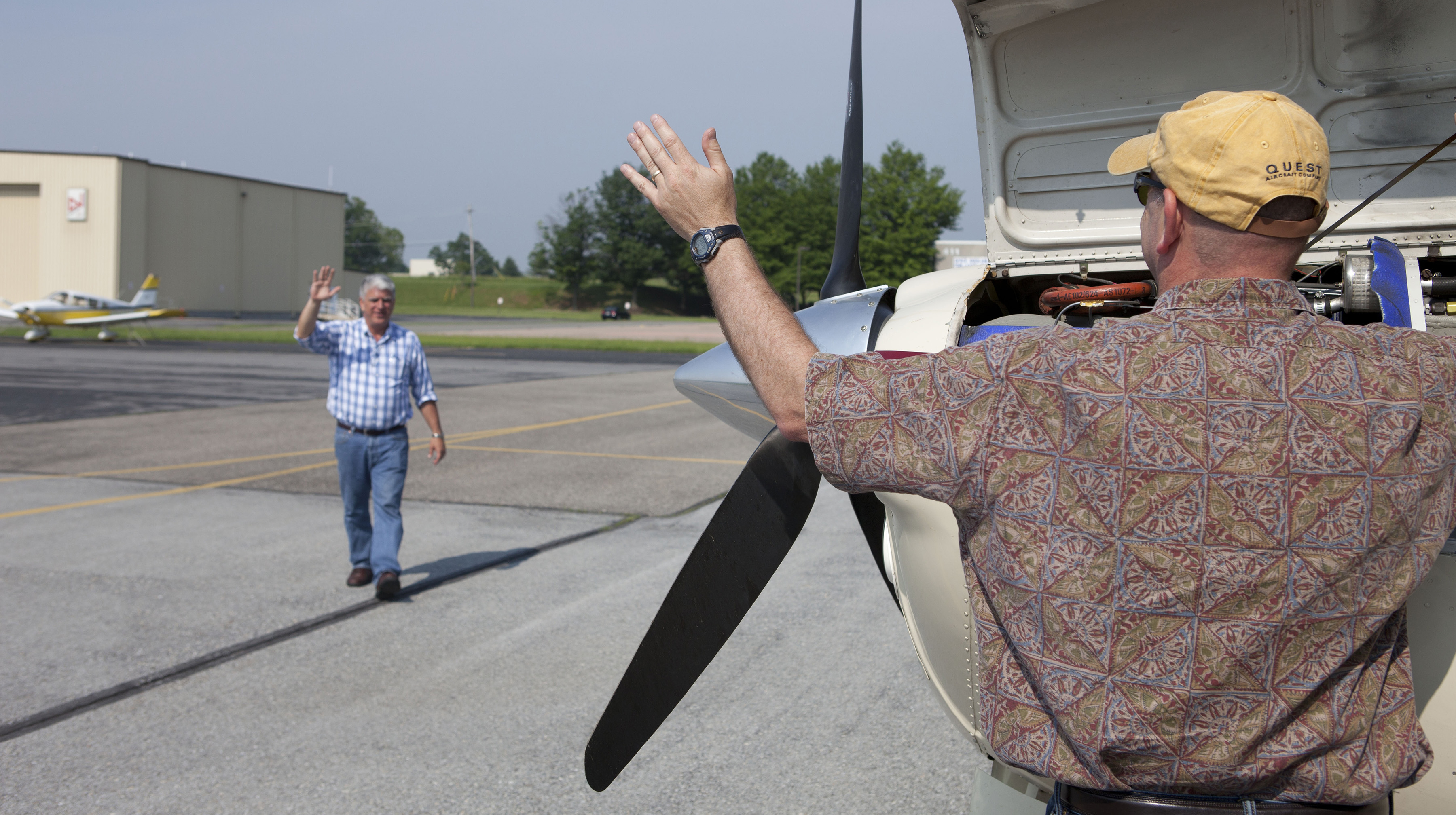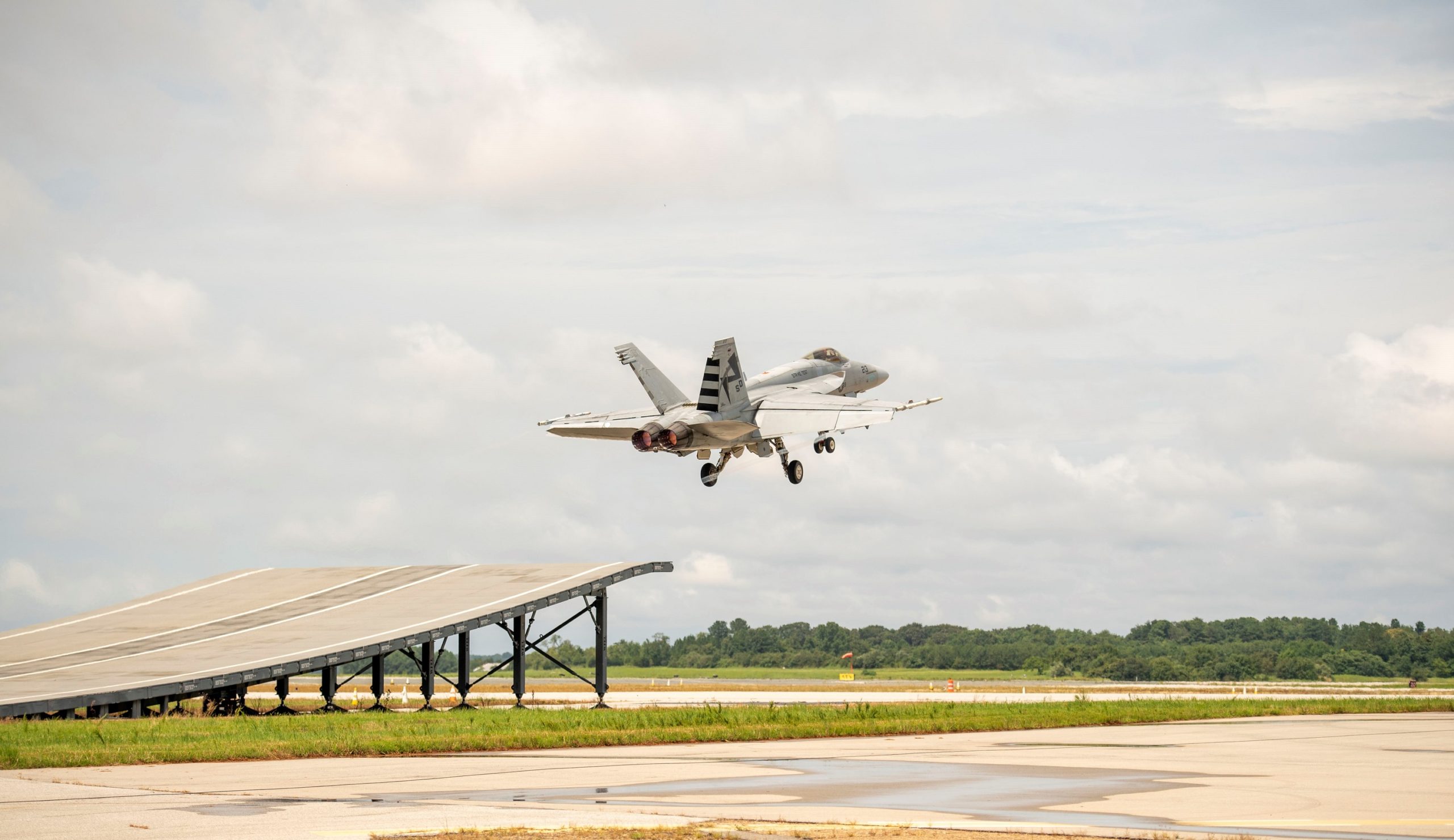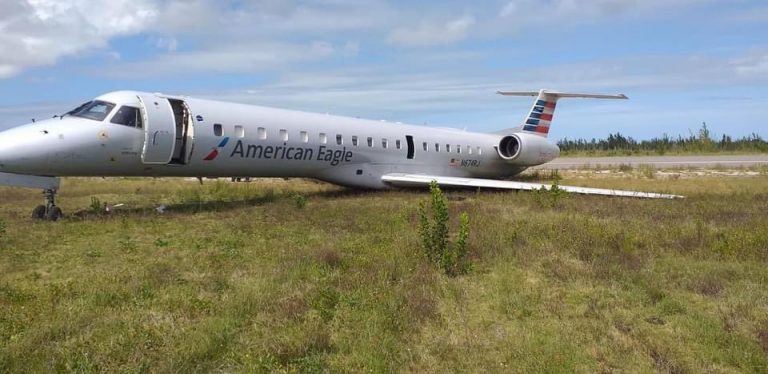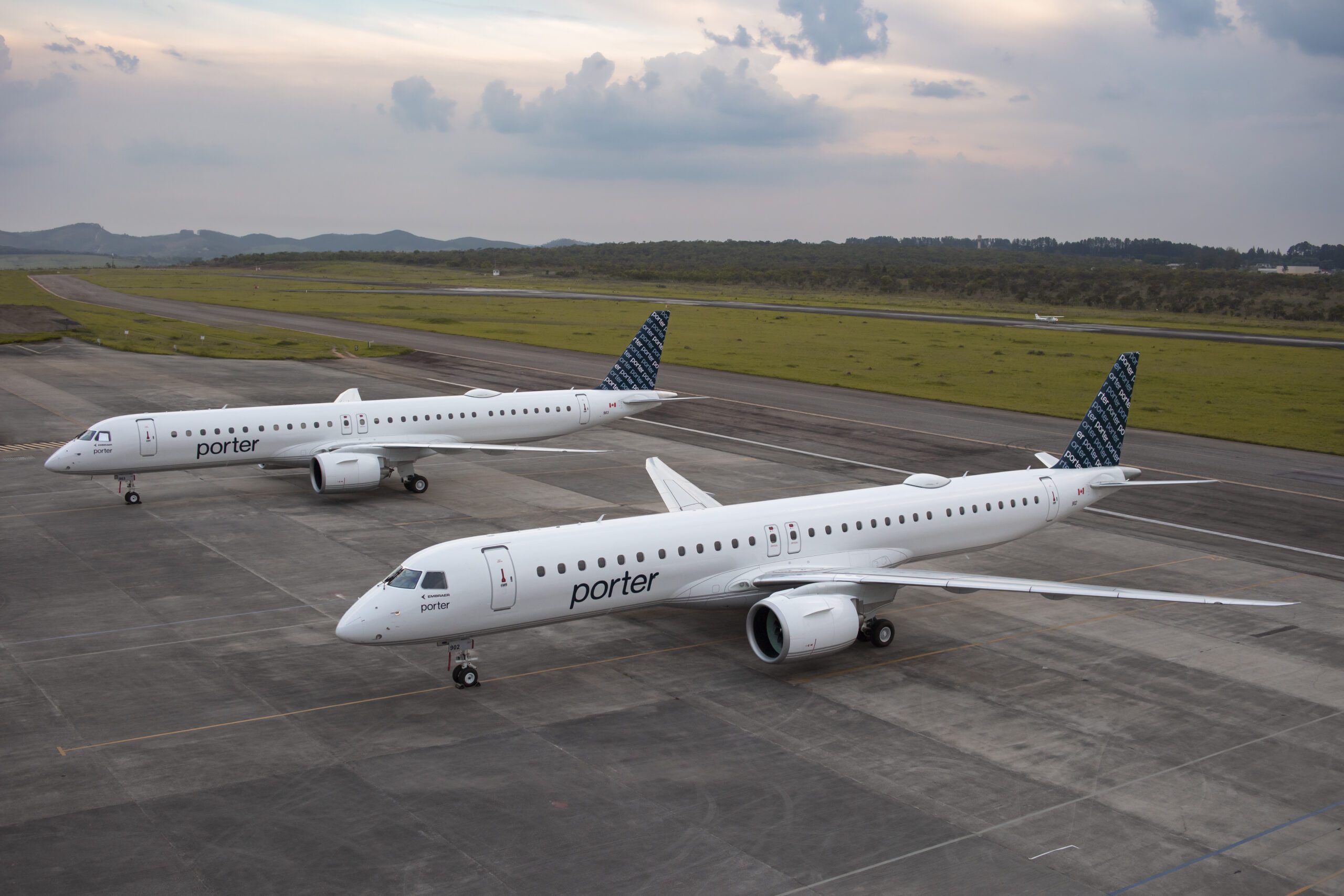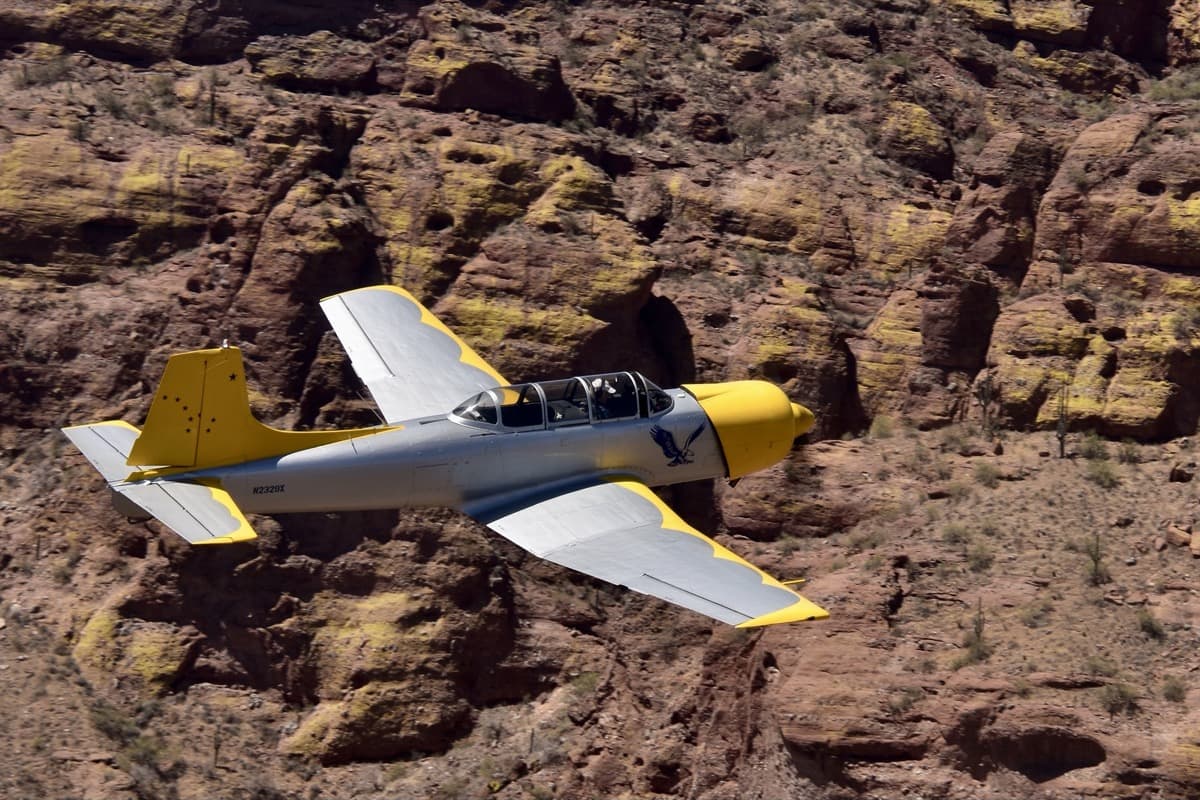Changhe Z-10
Changhe Z-10 user+1@localho… Mon, 11/22/2021 - 21:17 The Changhe Aircraft Industries Corporation (CAIC) Z-10 Thunderbolt is a Chinese attack helicopter whose prototype airframes were powered by two Pratt & Whitney Canada (PWC) PT6C-67C turboshaft...
The Changhe Aircraft Industries Corporation (CAIC) Z-10 Thunderbolt is a Chinese attack helicopter whose prototype airframes were powered by two Pratt & Whitney Canada (PWC) PT6C-67C turboshaft engines rated for 1,700 shp (1,267 kw) of continuous power each. Due to the failure of PWC’s agreement to export additional engines to China, all production Z-10s are instead powered by WZ-9 engines supplying 1,341 shp (1,000 kW) each.
Program History
Beginning in the 1980s, China sought to acquire a dedicated attack helicopter to support its ground forces. This fell into a general pattern of investment in the People’s Liberation Army (PLA) under Deng Xiaoping that accelerated after the Gulf War. For the Army proper this meant above all else a dramatic expansion of the Army’s organic aviation. The PLA Ground Force established its Army Aviation Corps in 1986, marking the first effort to centralize development of China’s then-paltry rotary-wing aviation.
China initially sought to import a foreign design, but was unsuccessful, particularly following the Tiananmen Square massacre of 1989 and the ensuing western arms embargoes. Design work for the Z-10 began in 1995, when China signed a contract with the Russian Kamov Design Bureau to begin work on the basic design for a dedicated attack helicopter. This was dubbed Project 941 by Kamov, and covered only the initial design work laying out the fundamentals of the new helicopter. Full development based on this design began in 1998 at the 602nd Aircraft Design Institute. A parallel civilian helicopter also was envisaged, but never came to fruition.
In May 1997, Eurocopter signed a nine-year contract with the China National Aero-Technology Import & Export Corporation (CATIC) to aid in developing a rotor and system for the program. Agusta provided assistance for the transmission system, of which three initial examples were built in Italy and four were built for final assembly in China. P&W Canada delivered 10 PT6C-67C turboshaft engines in 2001 and 2002, and while Canada solicited guarantees that the engines would be used for civilian purposes, they were used for the Z-10 prototypes. PWC did not seek an export license as it did not believe the engines constituted “defense articles” under International Traffic in Arms Regulations (ITAR).
Ground tests began in May 2002, and the first flight of a Z-10 prototype occurred in April 2003. Flight testing continued into 2004, with as many as least eight total prototype aircraft built by the end of the year.
In November 2005, PWC signed a $28.5 million ($37 million USD in 2019) contract with CATIC to deliver an additional 60 engines. Due to difficulties obtaining export approval from the Canadian government because of the collapse of PWC involvement in the civil helicopter program that PWC believed CATIC had only set up to justify PWC’s sale of the engines for the Z-10, PWC terminated its involvement in the Z-10 program in June 2006, without delivering any of these engines.
When investor attention forced ITC to make a disclosure to the Department of State Directorate of Defense Trade Controls (DDTC) in July 2006, the U.S. government determined that while the engines were not a defense article under ITAR the electronic engine control software included in the sales was such an article. It also determined that PWC had full knowledge of the primarily military purpose of the engine exportation.
Because of the termination of PT6C-67C deliveries from PWC, the 602nd Institute in 2009 developed a weight-reduced variant of the aircraft. This compromise reflected the need to use the underpowered WZ-9 engine. This variant thereafter entered serial production at CAIC and entered service by the end of 2010.
In 2012, United Technologies Corporation and its subsidies PWC and Hamilton Sundstrand paid $75 million to the U.S. government to settle 576 civil charges and a criminal case related to flouting ITAR controls. Many of these charges were related to other instances of ITAR violations identified in the investigation following the initial DDTC disclosure. The settlement covered violations of the Arms Control Export Act (ACEA) from the mid-1990s to 2011 and making false statements in service of these ACEA violations. The Department of State also partially prohibited the granting of future export licenses to P&W Canada over the violations.
Features
Overall Design
A stepped tandem-seat design, the Z-10 is laid out as a conventional attack helicopter, with a narrow fuselage, a chin-mounted turret and large stub wings supporting pylons for external stores. It is constructed predominantly of composites to reduce weight and is designed with crashworthiness in mind.
While at approximately 11,240 lb. (5,100 kg) of empty weight, the Z-10 is in the same weight class as the Boeing AH-64 Apache, the power limitations imposed by its engines put it closer to the Eurocopter Tiger HAD’s payload class, and not that of the Apache. The AH-64E, the latest variant of the Apache, has an empty weight of 12,800 lb. (5,806 kg) and a maximum takeoff weight (MTOW) of 23,000 lb. (10,433 kg) while the Tiger HAD has an empty weight of 9,259 lb. (4,200 kg) and an MTOW of 14,553 lb. (6,600 kg). By comparison, the Z-10’s empty weight is 12,220 lb. (5,543 kg) and its MTOW is only 15,432 lb. (7,000 kg). In both absolute and relative terms the Z-10’s payload is therefore inferior to that of the Tiger HAD; the HAD’s 5,291 lb. (2,400 kg) of margin over its empty weight compares favorably to the Z-10’s 3,212 lb. (1,457 kg). in relative terms, the Z-10 can carry 20.81% more than its empty weight, while the Tiger HAD can carry 36.37% more. For the Apache the figure is even more dramatic; the AH-64E can carry 44.35% more than its empty weight.
The Z-10 features a five-blade, clockwise-rotating rotor system with a four-blade, non-orthogonal “scissor” antitorque rotor mounted on the starboard side of the aircraft. The non-orthogonal tail rotor arrangement improves quieting. The rotor blades are constructed of composites, and are designed to survive small arms fire. Prototype aircraft can be distinguished from production models by the presence of a large, triangular fin on the underside of the tail; in production aircraft, this fin is cropped to accommodate a strengthened landing gear.
The elastomeric mounts, bearings and dampers used in the Z-10s rotor system originally were supplied by Lord Corporation, a U.S. company. It is not clear on what basis export of this technology occurred or whether it has continued; though export of elastomeric bearings is not prohibited under the United States Munitions List or Export Administration Regulations China may have chosen to source these components domestically for production aircraft.
It also is noteworthy that China has conducted sea trials with the Z-10, landing an example of the aircraft aboard a Type 072A-class landing ship. While this may indicate interest in promoting or evaluating PLA Army Aviation interoperability with PLA Navy forces, China may well be considering developing a version of the Z-10 for its marine corps.
Engines
The prototype aircraft were equipped with two PT6C-67C engines rated for 1,700 shp (1,267 kw) of power each. These engines were equipped with single-channel electronic engine controllers (EECs). Serial production Z-10s are equipped with two WZ-9 engines supplying 1,341 shp (1,000 kW) each. This represents a 21.1% reduction in overall power compared to the PT6C-67C. It is likely that the WZ-9 has an EEC as well, since the Z-10 originally was designed for such an engine, though it is possible the WZ-9 has a full-authority digital engine controller (FADEC) instead.
Avionics
The primary sensor payload of the Z-10 is a WXG1006 electro-optical/infrared (EO/IR) target acquisition and designation sight (TADS) pod mounted in a gimbal immediately forward of the cockpit. Equally important for an attack helicopter, a pilot night-vision system (PNVS) is mounted on a separate turret above the EO/IR pod, greatly improving the Z-10’s ability to operate at low altitude in low light conditions. An air data sensor probe is mounted on a prominent boom on the starboard side of the cockpit.
An identification friend-or-foe (IFF) antenna is present on the frontal cockpit, immediately aft of the PNVS. The aircraft’s systems are organized around a GJV289A data bus. GJV289A is the Chinese equivalent to MIL-STD 1553B, and it reportedly supports the GPS, GLONASS and Beidou positioning, navigation and timing networks. VHF radio antennas can be seen on the upper and lower tail.
The Z-10 features both a head-up display system and helmet-mounted displays for both the pilot and gunner. It has a full glass cockpit and hands-off-throttle-and-stick (HOTAS) controls.
Countermeasures
The aircraft features four MAWS sensors—two on either side of the airframe forward of the cockpit and two on either side of the lower tail just aft of the engine exhaust. Chaff/flare dispensers are mounted on either side of the lower fuselage just aft of the stub wings. Three-aperture Northeast Institute of Electronic Technology (NEIET) LHRGK003A laser warning receivers are mounted on either wingtip, with coverage to the sides, fore and aft. The aircraft also carries an RWR and electronic countermeasures suite.
Armament
Besides its chin-mounted PX-10A 23mm cannon, two weapons pylons are present on each of the Z-10’s stub wings. These pylons can carry a variety of payloads, including:
- Eight HJ-10 (Hong Jian – “Red Arrow”; also known as the KD-10) semi-active laser homing (SALH) anti-tank guided missiles (ATGMs) with a range of up to 5.4 nmi (10 km), with four to a pylon.
- Eight HJ-9 (KD-9) SALH ATGMs, with four to a pylon. A later variant of the HJ-9, the HJ-9A, reportedly is equipped with a millimeter-wave radar, making it a fire-and-forget system similar to the AGM-114L Hellfire or the AGM-179 Joint-air-to-Ground Missile (JAGM). Without its own fire control radar, however, it is unlikely the Z-10 can employ the improved variant.
- Four seven-shot 70mm rocket pods.
- Eight TY-90 air-to-air missiles (AAMs), which are purpose built for launching from helicopters, with four to a pylon.
These figures represent maximum loads for the aforementioned stores; mixed loads are more likely in operational circumstances. Besides weapons, external fuel tanks also can be carried on the Z-10’s inboard pylons to extend its range. The Z-10 also has been seen at aerobatic displays carrying colored smoke dispensers on its outboard pylons, though this is of little tactical relevance.
Variants
Z-10A
The Z-10A is the basic version of the Z-10 produced for PLA Army Aviation.
Z-10H
The Z-10H is the initial low-rate production variant of the Z-10, with the early version of the PNVS and TADS found on the prototype aircraft, as well as the original tailfin and rear landing gear configuration.
Z-10K
The Z-10K is an improved variant of the Z-10 unveiled in July 2015. A new sensor or antenna is present behind the PNVS; its purpose is not yet known, though it may be a Beidou antenna. Modifications also have been performed on the gun turret, with a new, visually distinctive external configuration and a larger compensator. It does not appear to be a higher-caliber system. Based on photography, the Z-10K carries 19-shot 70mm rocket pods, up from the seven-shot pods seen on earlier variants. There is no reason in principle why the larger rocket pods could not be used aboard the older variants. This version is operated by the PLA Air Force.
Z-10ME
The Z-10ME is the most recent and most advanced variant of the Z-10 and is being marketed to export customers. It features major alterations to inlet design that dispense with the mesh cover found on all previous examples and includes new upward venting exhaust to disperse hot exhaust gas and reduce the Z-10’s lateral infrared signature. The frontal area of the intake is larger, and the mesh has been replaced with a hexagonal honeycomb pattern of perforations in the front cover and along the frontal portion of the cowling. Sand filters on the intakes provide superior capability to operate in arid environments, which may make the aircraft more attractive to customers like Pakistan, which evaluated but ultimately declined to procure the Z-10. The first Z-10ME prototype was photographed without these covers present over the intake, which show that the frontal intake passes through a smaller, inner duct into the engine, while more air is brought in through a surrounding duct from the perforations in the cowling.
Based on a Zhuhai Air Show display seen in November 2018, the Z-10ME may integrate the CM-501XA air-to-ground missile. Images of the new variant also suggest the magazine for the chin turret has been enlarged.
At 2021's Zhuhai, the Z-10ME was observed carrying the FS70 70mm rocket launcher. The FS70 is distinguished from other Chinese 70mm rocket pods with its trapezoidal shape, wherein a row of four rockets sits above a row of three. The FS70 is capable of handling guided rockets. As these rockets do not have optical apertures visible at the nose, they are likely laser beam riders.
The picture of the Z-10ME's capabilities has also been clouded by the release of an image on the Chinese Communist Party's 100th anniversary in July 2021 showing a different Z-10ME configuration. This prototype, labeled Z10ME-02, features a large sensor fairing aft of the stub wings and an interface atop the rotor head visibly similar to the interface used to attach the Longbow radar or MUMT-X antenna set to the Boeing AH-64 Apache. The sensor fairings may contain directed infrared countermeasures equipment. Only the earlier Z10ME-01 prototype was shown at Zhuhai in October 2021.
Upgrades
At least some Z-10s have received additional armor panels for the engines and the cockpit. Interestingly, the cockpit armor seems to be arranged to protect avionics and not the aircrew.
China is expected to deploy a variant of the aircraft with the WZ-16 turboshaft engine once it becomes available. The WZ-16 is a Chinese derivative of the Safran Ardiden 3C turboshaft engine, developed under an agreement between AVIC Engine and Safran Helicopter Engines. This will provide a major boost to the aircraft’s performance, as the WZ-16 generates 2,012 shp (1,500 kW) of power. The WZ-16 received civil certification in China in October 2019, so it likely will be suitable for inclusion on a Z-10 variant soon, though it may already be present on at least some Z-10ME prototypes. Speculation abounds that the Z-10ME might instead carry uprated WZ-9 engines.
Production and Delivery History
Since around 2010 approximately 195 Z-10s have been built, and it continues in serial production at CAIC today. The Z-10ME had not as of November 2021 entered serial production.
China
China has deployed the Z-10 across all 13 of its army aviation brigades, and in the PLAAF. The eight-prototype aircraft remain with CAIC, and CAIC has built a ninth and tenth prototype for the Z-10ME program (numbered Z10ME-01 and 02). At least 144 Z-10As and Z-10Hs are known in PLA Army Aviation service and forty Z-10Ks are known in PLAAF service.
PLA Army Aviation is expected to procure enough Z-10s to equip all 13 army aviation brigades with two groups of the helicopters. These groups are typically composed of 12 helicopters, so at least 312 Z-10s are likely to be procured to fulfill this requirement.
Pakistan
Pakistan evaluated the Z-10 but judged that it lacked the power to operate in the “hot and high” environment of the country. The Z-10ME appears to be optimized for sandy environments and may have substantially more power than previous variants, and with Pakistan’s Bell AH-1Z and Turkish Aerospace Industries T129 procurements stalled by truncated U.S. security assistance and U.S. sanctions, respectively, Pakistan is considering the Z-10 anew to replace its aging Bell AH-1Fs.




 admin
admin 















